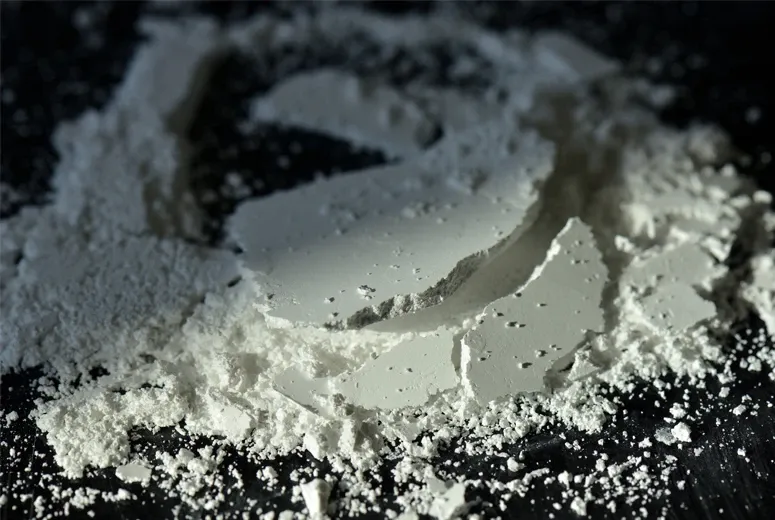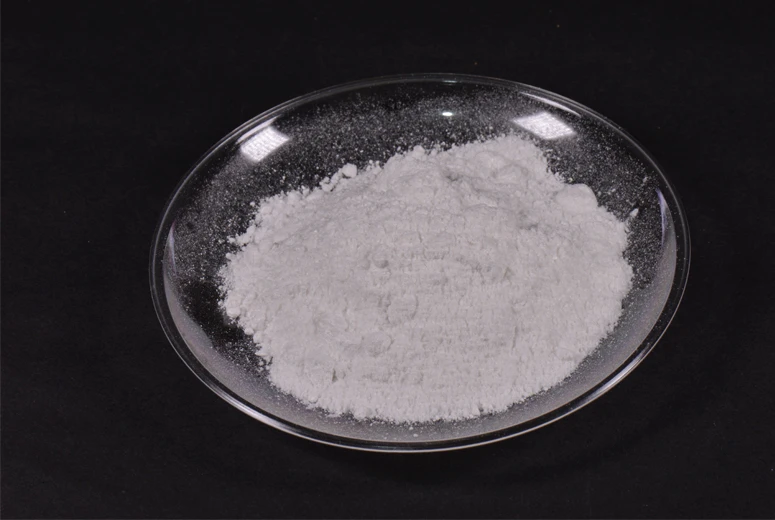Feb . 08, 2025 05:00
Back to list
calcined mica powder
Mica powder, a versatile and shimmering substance, has gained popularity across various domains, from arts and crafts to cosmetics. Its fine granules and vibrant colors can transform mundane projects into dazzling creations. However, the key to harnessing its full potential lies in understanding how to use it effectively. Here, we delve into practical and expert-backed methods to seamlessly integrate mica powder into your products, ensuring an experience that highlights its uniqueness and enhances your project's appeal.
When using mica powder in performance art mediums like paint or clay, it's advisable to conduct a small scale test before proceeding with the main project. This test can confirm color fastness and the desired effect under different lighting conditions. Mica can reflect light in novel ways, and a preliminary test ensures your project remains on course to meet your vision. A common inquiry revolves around the permanence of mica's shimmer. While mica powder is known for its luminescent quality, setting agents such as fixatives in paintings or sealants in crafts can be used to preserve its sparkle. This prevents the shimmer from dulling over time, thereby extending the longevity and attractiveness of your creations. Consistency in particle size is another consideration impacting the final outcome. Finer mica powders tend to create a pearlescent effect ideal for detailed and delicate projects, while larger particles produce a glittery finish suitable for bold statements. Understanding this distinction helps in choosing the right mica for the desired texture and effect. In conclusion, mastering mica powder is about harnessing its multifaceted nature. From the meticulous selection and mixing to the ethical sourcing and thoughtful application, each step builds upon the previous to ensure the final product not only meets but exceeds expectations. As experts, we advocate embracing sustainable practices and ongoing experimentation with mica to keep projects fresh and aligned with ethical standards. By doing so, you ensure that your creations stand out in a crowded marketplace, resonating with customers who value both quality and integrity.


When using mica powder in performance art mediums like paint or clay, it's advisable to conduct a small scale test before proceeding with the main project. This test can confirm color fastness and the desired effect under different lighting conditions. Mica can reflect light in novel ways, and a preliminary test ensures your project remains on course to meet your vision. A common inquiry revolves around the permanence of mica's shimmer. While mica powder is known for its luminescent quality, setting agents such as fixatives in paintings or sealants in crafts can be used to preserve its sparkle. This prevents the shimmer from dulling over time, thereby extending the longevity and attractiveness of your creations. Consistency in particle size is another consideration impacting the final outcome. Finer mica powders tend to create a pearlescent effect ideal for detailed and delicate projects, while larger particles produce a glittery finish suitable for bold statements. Understanding this distinction helps in choosing the right mica for the desired texture and effect. In conclusion, mastering mica powder is about harnessing its multifaceted nature. From the meticulous selection and mixing to the ethical sourcing and thoughtful application, each step builds upon the previous to ensure the final product not only meets but exceeds expectations. As experts, we advocate embracing sustainable practices and ongoing experimentation with mica to keep projects fresh and aligned with ethical standards. By doing so, you ensure that your creations stand out in a crowded marketplace, resonating with customers who value both quality and integrity.
Prev:
Next:
Latest news
-
Transforming Surfaces with Mica-Enhanced Paints in Coatings and DecorationNewsJul.02,2025
-
The Ultimate Guide to Mica-Based Luminous Colors with Pearlescent PigmentNewsJul.02,2025
-
The Critical Role of Mica in Industrial Applications in Welding and Oil FieldsNewsJul.02,2025
-
Revolutionizing Automotive Aesthetics with Modified Plastics Pearlescent PigmentsNewsJul.02,2025
-
The Secret with Mica Powder for Cosmetics Behind Radiant, Natural MakeupNewsJul.02,2025
-
Enhancing Performance in Polymer Applications with Mica Powder for RubberNewsJul.02,2025
Products categories









